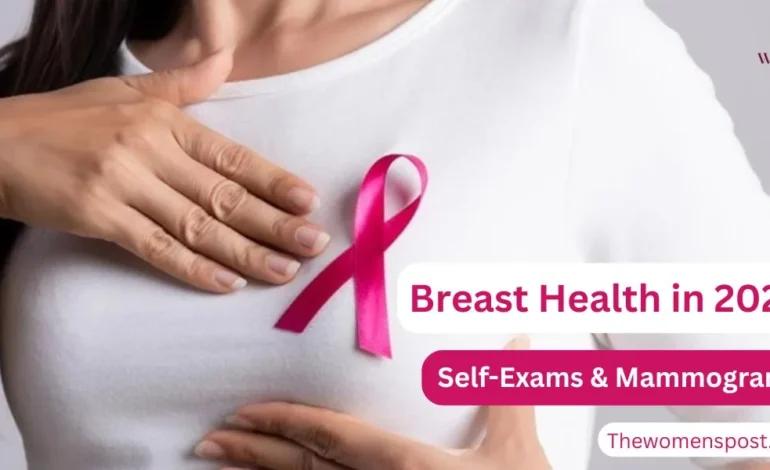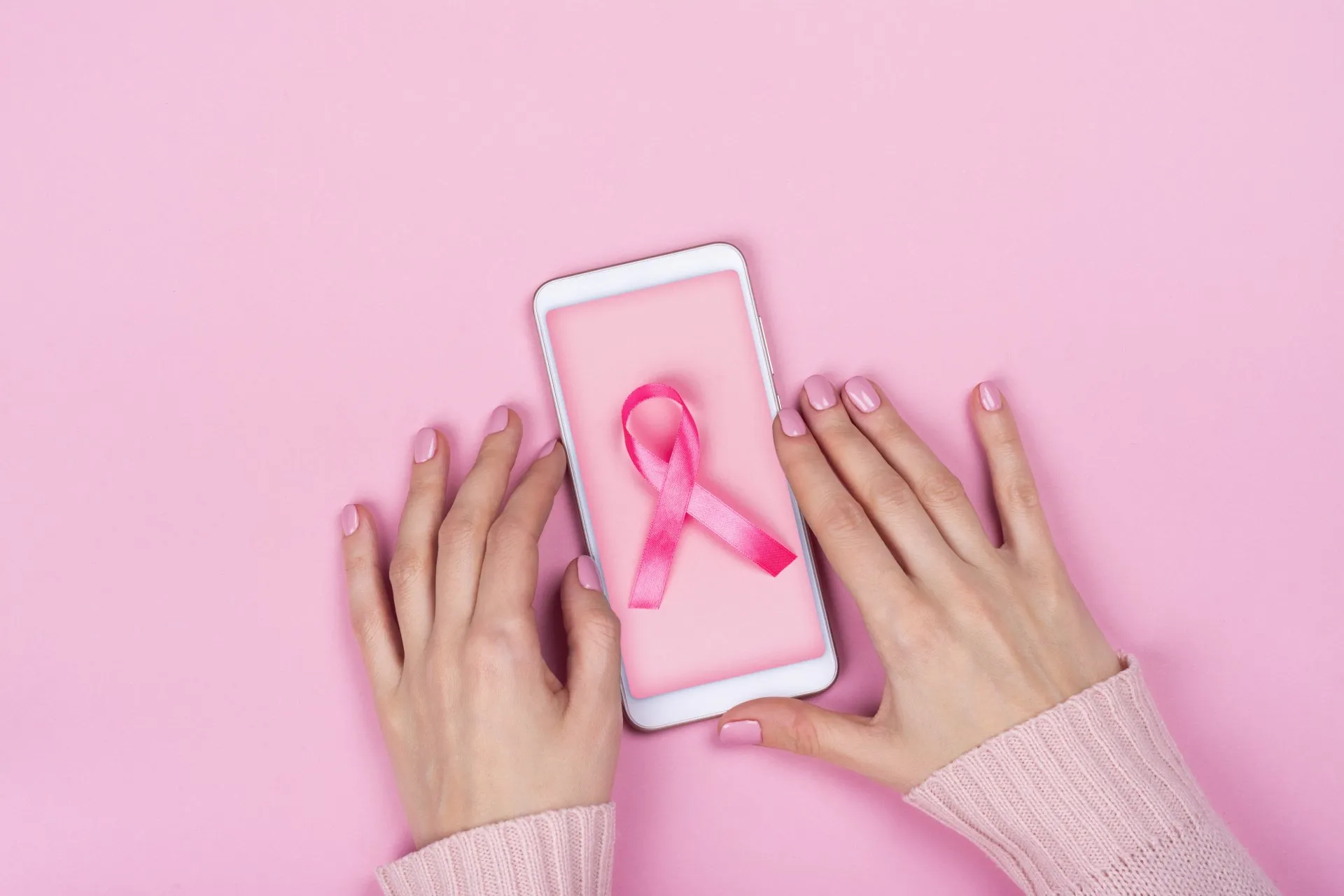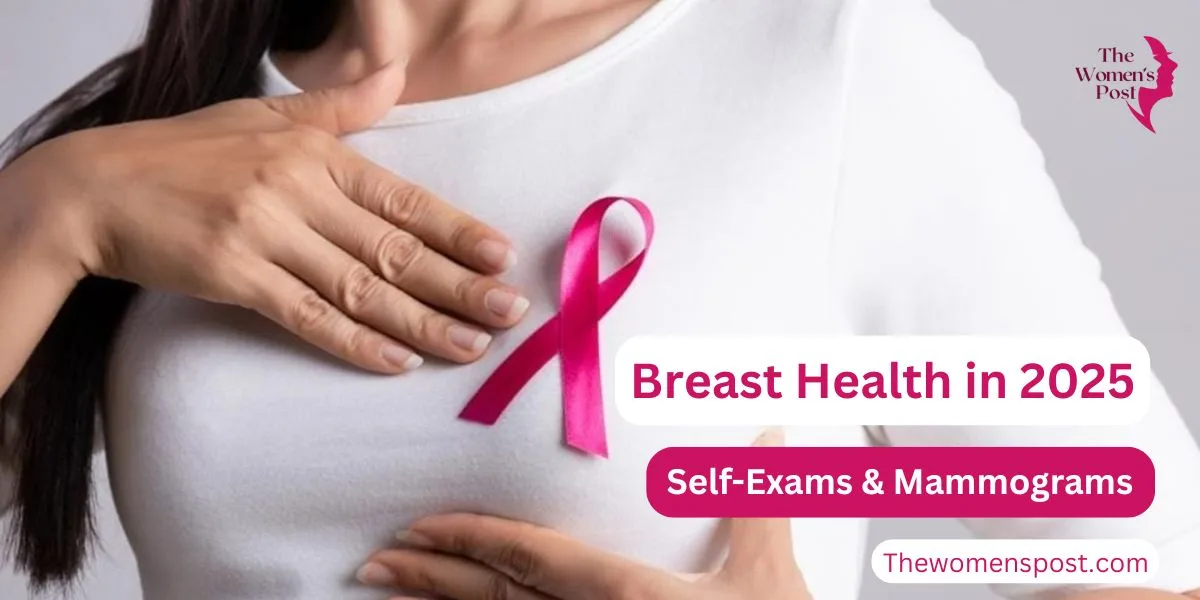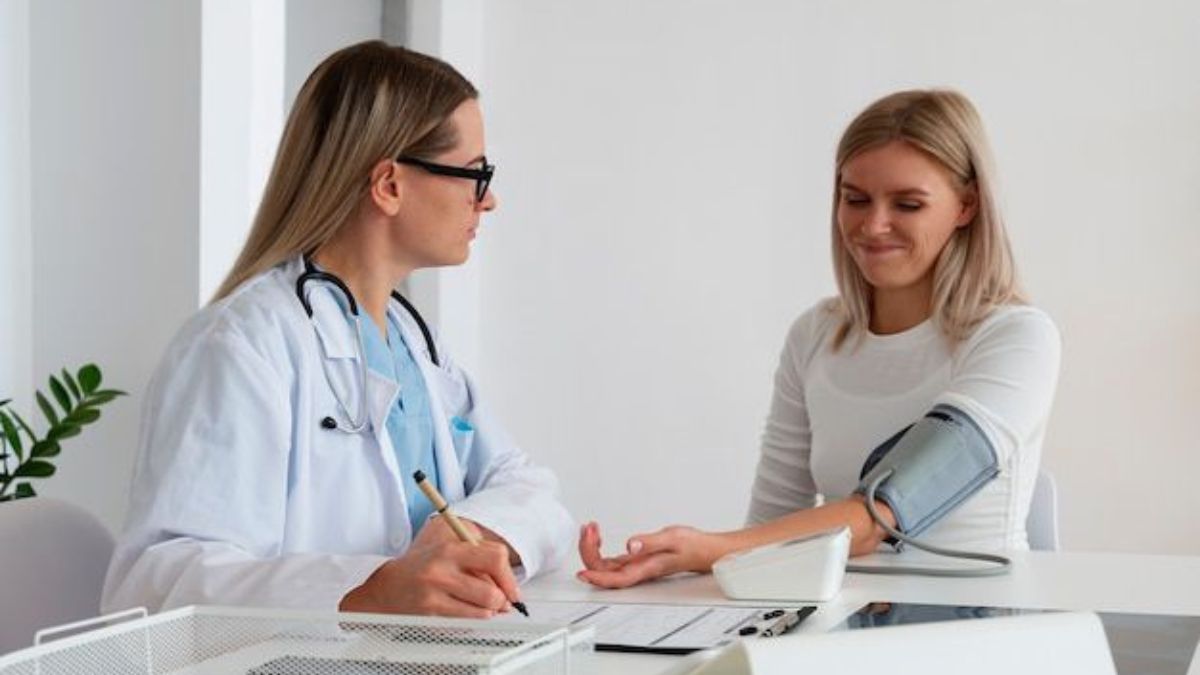Breast Health: Self-Exams, Mammograms, And New Tools

They know that to thrive, their well-being must come first—and breast health is a vital part of that. In 2025, women in tech, like Canva’s founder Melanie Perkins, are using their platforms to break down barriers and raise awareness around breast cancer, making it clear that innovation isn’t just for the boardroom—it’s shaping healthcare, too.
Women in Tech: Champions for Health
They are industry trailblazers, and one such example is Melanie Perkins. As co-founder and CEO of Canva, Perkins has defied stereotypes, leading Canva from a simple idea to a global tech unicorn valued at $40b. With over 165 million users, their leadership has inspired a new wave of female CEOs in tech, all committed to social responsibility—including health advocacy.
They leverage their influence to destigmatize women’s health topics in the workplace, ensuring that breast health isn’t sidelined but championed as part of a holistic future.
The Essentials of Breast Self-Exams

Also Read: Trying to Conceive? These Fertility Supplements May Be the Answer
They can begin taking charge of their breast health right at home. Performing breast self-exams helps build familiarity with what’s normal for their body, so changes can be caught early.
How to Perform a Breast Self-Exam:
- Visual Inspection: Stand before a mirror with arms at sides, then raised. They look for changes in shape, size, or skin (dimpling, puckering, redness).
- Manual Inspection (Shower or Lying Down):
- Use pads of the three middle fingers.
- Use circular, up-and-down, and wedge-shaped patterns to cover the entire breast and armpit.
- Use light, medium, and firm pressure to feel different tissue depths.
- Gently squeeze the nipple to check for discharge.
They take their time and use a consistent pattern—imagine the breast as a clock or pie slices to ensure no section is missed. If anything unusual is found (lump, thickening, change, pain), they contact their healthcare provider promptly.
Routine Mammograms: Early Detection Saves Lives
They understand that nothing replaces regular medical screening. Mammograms remain the gold standard for detecting breast cancer early, often finding tumors that self-exams cannot. Regular mammograms can detect microcalcifications and small lumps before symptoms appear, increasing the chance of survival to over 90% when caught early.
Why Routine Matters:
- Annual or biennial mammograms, as recommended by doctors, provide life-saving early detection.
- Having regular mammograms gives healthcare providers a comparative history, improving their ability to spot subtle changes over time.
They shift from fear to empowerment, making routine mammograms a normal, celebrated act of self-care.
Latest Innovations in Breast Cancer Detection

Also Read: Understanding Menstrual Disorders: Causes, Symptoms, And Treatments
They benefit from powerful new technologies emerging faster than ever:
- Molecular Breast Imaging (MBI): These machines use radioactive tracers and advanced 3D imaging to better detect tumors, especially in those with dense breast tissue. The process is faster, uses less radiation, and may be more precise than traditional mammograms, offering hope for even earlier and more accurate diagnosis.
- Computer-Aided Detection (CAD): Digital mammograms can be analyzed by AI, helping radiologists spot abnormalities and reducing human error.
- Wearable and At-Home Devices: New smart devices like Dotplot, which pairs a hand-held scanner with a Bluetooth app, guide users through accurate monthly self-checks. This innovation tracks tissue over time and flags significant changes, giving them peace of mind and encouraging early care.
Their health choices are now supported by AI, 3D imaging, and user-friendly devices, bridging the gap between personal vigilance and professional medical care.
The Best Tools and Apps for Breast Health

They now have access to digital health platforms that empower them to manage and monitor their breast health anytime, anywhere:
- Mobile Health Apps These apps allow them to schedule reminders for self-exams and mammograms, log symptoms, track menstrual cycles (as breast symptoms can fluctuate with hormones), store their medical history, and access educational resources.
- Some apps offer secure messaging to communicate with healthcare providers, while others use machine learning to identify patterns in self-report data—helping to spot concerns early.
- Devices like Dotplot offer guided, personalized home screening, increasing consistency and confidence in self-checks.
- By harnessing technology, they bring proactive breast health care safely into their daily lives.
Also Read: Understanding PCOS: Symptoms, Causes, Treatment & How Women Can Take Control
Why Tech Leaders Care: The Example of Melanie Perkins and Female CEOs
They recognize the power of visibility. Melanie Perkins and other female CEOs in tech are not only transforming their industries— they are advocating for accessible, stigma-free women’s health care in the workplace and beyond.
Their leadership ensures policies for preventive health screenings are normalized, workplaces offer flexible healthcare benefits, and conversations about breast health are open and informed.
Thewomenspost: Where Advocacy Meets Innovation
They rely on trusted resources like Thewomenspost to stay informed, finding support and education that reflect both their ambition and their care for well-being.
In 2025, they understand that success—whether in tech or in life—depends on prioritizing their health. With the stories of leaders like Melanie Perkins, clear self-exam guidelines, improved access to diagnostics, and the latest digital tools, they are equipped to shape a healthier, more empowered future for themselves and for women everywhere.









